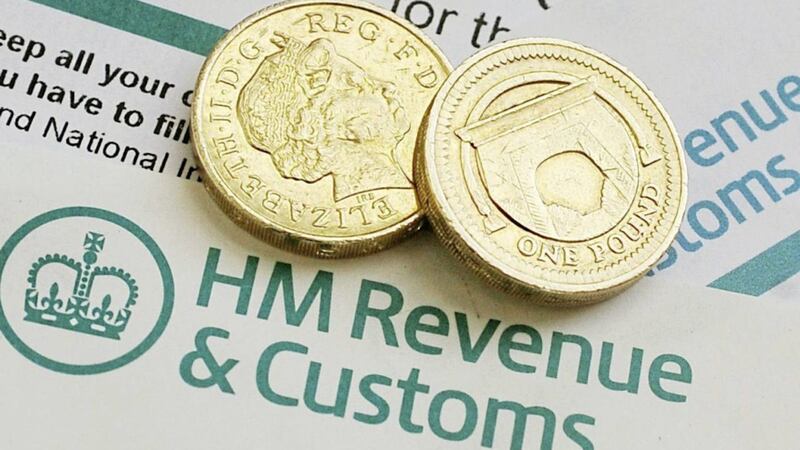QUESTION: I understand that HMRC have launched a new system for amending and updating PAYE codes for employees. What is this new system and how does it work?
ANSWER: HM Revenue and Customs launched 'dynamic coding' on July 2 with the aim of using third party information which they receive to update a taxpayer's PAYE tax code.
One of the expected positive changes will be that a taxpayer will not be in a position where he/she pays tax and then has to wait for an end of year refund.
But one of the negative changes is that a taxpayer will see quicker and more significant tax deductions, as HMRC attempt to recover all tax due by the end of the current tax year, rather than coding it out in a later year.
Furthermore, any 2016/17 tax underpayments will be coded immediately, in the current 2017/18 tax year, rather than from the start of 2018/19. This will mean that some taxpayers may be hit twice for tax underpayments, in respect of 2015/16 and 2016/17, being included in their 2017/18 tax code.
As noted above, PAYE tax codes are becoming more refined. Under the system of dynamic coding, potential underpayments are replaced with in-year adjustments (IYAs).
The tax codes are adjusted in-year to reflect changes in an employee’s circumstances as soon as HMRC becomes aware of the change. This is the trigger point. In the past, the potential underpayment was reflected in the tax code for the following tax year – under dynamic coding, the code is changed in the same tax year.
The concept of ‘estimated pay’ is fundamental to this new system. Estimated pay is used to perform the coding calculation in order to arrive at the new tax code. Essentially, estimated pay is annualised year to date pay.
The PAYE code will only be amended if there is a trigger to tell HMRC that the employee’s circumstances have changed. This may be the individual amending his or her personal tax account, or the employer telling HMRC that something has changed, for example via payroll reports or the P46 (car).
By using real time data HMRC will be able to change individual tax code in order to adjust, correct or collect any estimated in-year underpayment that arises as result of a change to their tax code. The change means more tax payer will end the year tax balanced and the number of PAYE overpayments or underpayments will reduce.
Bonuses, particularly if paid early in the year, can cause problems as estimated pay may be considerably higher than actual pay. The estimated pay calculation assumes that pay accrues evenly throughout the year, and where a bonus has been paid, average weekly or monthly pay will be higher than normal. The estimated pay calculation is only performed when there is a trigger event – it is not revised each month following submission of the FPS.
Further, there needs to be a trigger event for the PAYE code to be revised. This may depend on the individuals updating their personal tax account which, although this is something that HMRC encourages, many individuals will not do.
:: Paddy Harty (p.harty@pkffpm.com) is director at PKF-FPM Accountants (www.pkffpm.com). The advice in this column is specific to the facts surrounding the question posed. Neither the Irish News nor the contributors accept any liability for any direct or indirect loss arising from any reliance placed on replies.








